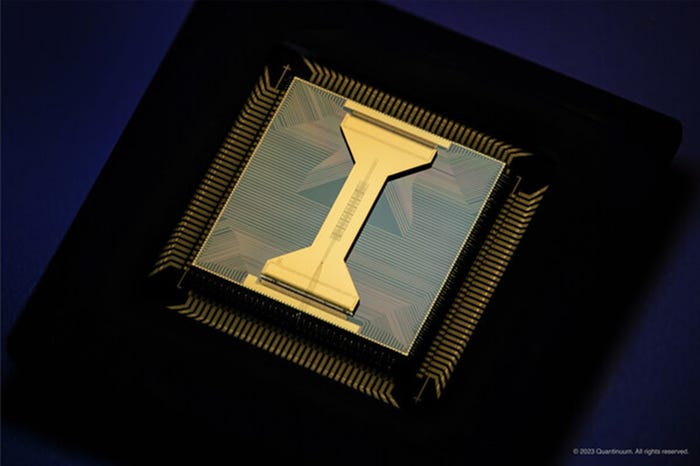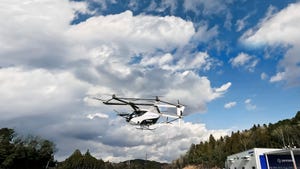Elon Musk Brain Chip Tested to Move Robotic DevicesElon Musk Brain Chip Tested to Move Robotic Devices
New study plans focus on using a Elon Musk’s Neuralink brain chip to control a robotic arm

Elon Musk’s Neuralink has welcomed the first patient to a new study in its Convoy program to test the feasibility of brain-controlled, assistive robotic devices.
Convoy, which stands for control of assistive devices via brain-computer interface technology, is set to test Neuralink’s brain-computer interface (BCI) technology called Link to control various devices, such as an assistive robotic arm.
Link enables users to operate their phones and computers with just their thoughts, a capability the company calls Telepathy.
Convoy would expand the autonomy of Link device recipients beyond smart devices and could allow people with paralysis to perform tasks such as feeding themselves and handling physical objects, the company said in a blog post. It added that it will provide an update on the study in an upcoming blog post.
The patient enrolled in the Convoy study, Alex, is also participating in Neuralink’s first study Prime to trial the safety and functionality of the Link device.
The company provided an update on the progress of the study, which started just over a year ago. It involves two other patients, Conrad and Brad, all of whom are unable to move their arms and legs.
The company said all participants have been implanted with the device for over 670 days and used Telepathy for more than 4,900 hours. These hours include scheduled research sessions with the Neuralink team and independent use for everyday activities.
Last month participants used the Link independently for an average of 6.5 hours per day, indicating how helpful it is for real-world applications, the company said.
Participant Noland said the device has helped him reconnect with the world, friends and family.
“It's given me the ability to do things on my own again without needing my family at all hours of the day and night,” he said in the blog.
Noland can now control a cursor with his thoughts to browse the internet, play games and continue his education with greater independence.
Using the Link, participant Alex can now reliably use a computer via Telepathy and now designs 3D objects using computer-aided design (CAD) software.
“The Link is a big step on the path of regaining freedom and independence for myself,” he said.
In May, the company had reported that the brain chip implanted in the first human patient, Noland, had run into problems after several of the threads connecting the chip and brain retracted.
Neuralink said its work with the participants has shown encouraging potential for the Link to help restore autonomy to individuals with significant mobility impairments and enabled it to improve the design of our technology. The company is actively seeking more participants.
In December, Neuralink received approval from Canadian health authorities to run the first international trial to establish the safety and functionality of Neuralink’s coin-sized BCI.
About the Author
You May Also Like








